Mick and Karen’s Sikh wedding in Fresno, CA, was overflowing with excitement and joyous traditions. The photographs in the previous post show their traditional wedding mehndi (henna). The day after mehndi was applied, each family performed the Vatna, Maiyaan, and Sangeet, followed by the Anand Karaj (Sikh wedding ceremony). Below are photographs from each of these Indian wedding ceremonies
Vatna
The vatna is a traditional ritual where a yellow turmeric paste is rubbed on to the bride and groom’s face, arms, and legs. The turmeric, flour, and mustard oil paste is applied to make the skin look radiant for the wedding. In essence, it can be compared to going to a spa before the wedding. Prior to the vatna, the bride/groom’s aunts, cousins, and sisters created a beautiful design, called a rangoli, using multi-colored sand. The rangoli laid at the feet of the bride and groom as family members applied the vatna (turmeric paste). The pictures below show Mick and Karen’s rangoli as well as family members applying the vatna.

The multi-colored sand drawing is called a Rangoli, and is common for Sikh weddings. It’s created at the feet of the bride, where it will remain until the Vatna ceremony is completed. Afterwards, it will be swept by the bride’s mother.
Sangeet | Maiyaan
The sangeet/maiyaan was a ceremony of dancing, singing, celebration, and delicious food. Karen’s sangeet and maiyaan were held at her home, whereas Mick’s family held theirs in a banquet hall. (Traditionally, the groom’s family would do this at their own house, but considering Mick’s house is in Seattle and the wedding was in Fresno, it would have been a long commute 🙂 )
To begin the evening of dancing and celebration, the maternal side of each family brought out the jaggo. The jaggo is a lit lantern held on top of the ladies’ heads. In India, the ladies will dance through the village with this jaggo (lit lantern) to let everyone know about the wedding. Karen’s family actually walked through the neighborhood, singing, dancing, and carrying the jaggo! How awesome is that?!!!! So much fun!
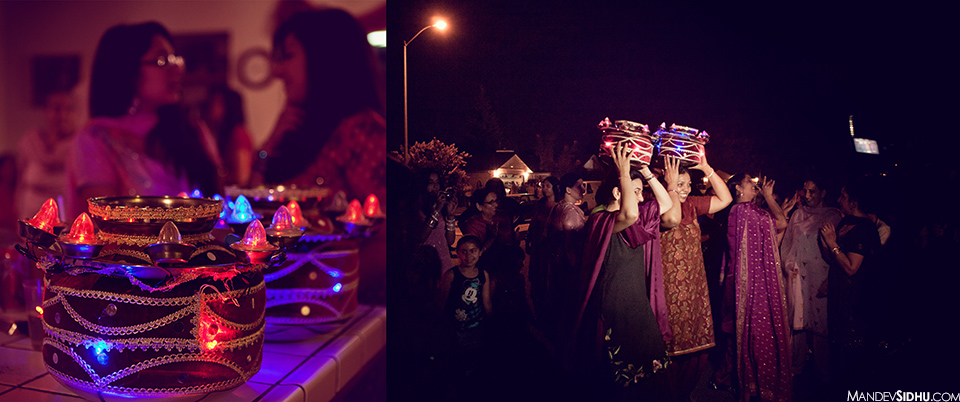
The jaggo (lit-lantern) can be seen above. Some people choose to use candles, others use lights. I love that Karen’s family followed the tradition of having the ladies walk through the neighborhood while singing songs. It was awesome to see them walking through the streets, dancing, and passing the jaggo from one lady to the next.
The Wedding Day
On the wedding day, Karen wore a beautiful red Anarkali lehenga along with a beautiful gold necklace and gold earrings. Her outfit perfectly complimented Mick, who wore a traditional Sherwani and red turban. You’ll notice a plume of white feathers on his turban. This is called a kalgi, which was put onto his turban by his sister, Kim. Mick wore it until he entered the Gurdwara, at which time Kim removed it from the turban.
Bharaat | Milni
After Karen finished getting ready, her family took her to the Gurdwara (temple) where they waited for Mick’s family to arrive. The groom is accompanied by his family and friends as they travel to the temple. This is called the baraat. Mick carried a ceremonial sword and arrived on a white horse. It was an amazing sight- full of smiles, laughing, and positive energy as Mick’s wedding party danced to the sounds of a beating and rhythmic dhol. Traditionally, the groom is accompanied by a young nephew or cousin, who also wears similar clothing as the groom. He is called the “shabbala” or caretaker of the groom. You can see him in the pictures of Mick’s baraat.
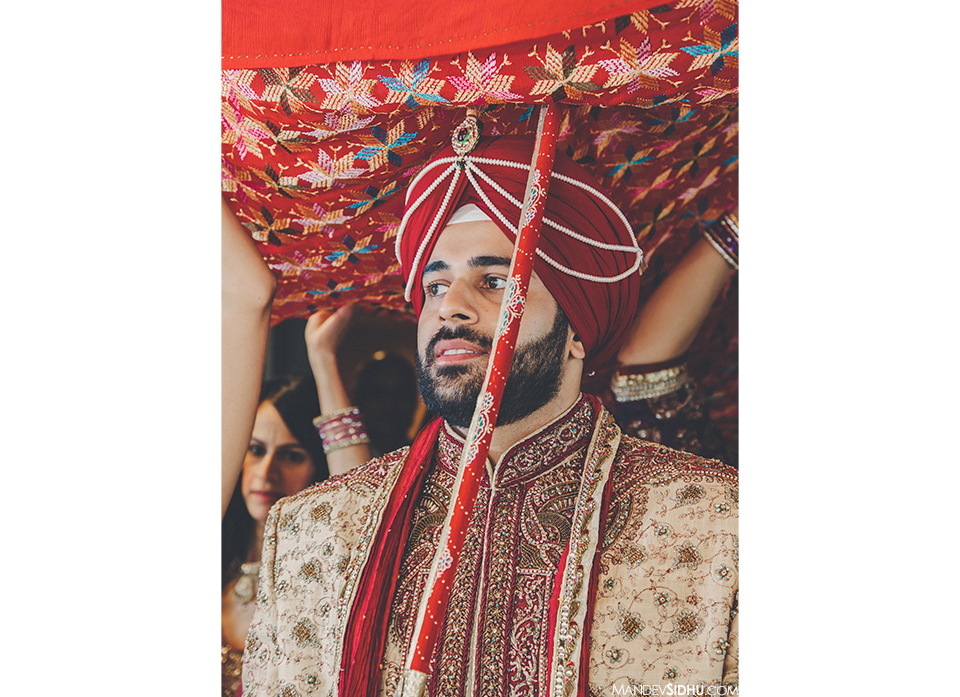
The Baraat began at the hotel. Here, Mick’s family led him to the car, where he and his mom drove to a location near the temple. Once they reached the Gurdwara, Mick got onto a white horse, and his entire wedding party, consisting of family and friends, followed him to the Temple. Meanwhile, Karen’s family was waiting at the Gurdwara to receive and welcome Mick’s family.

Mick and his Shabbala rode the white horse to the Gurdwara. They were surrounded by their family, who danced in the streets. In this picture, you can see Mick’s sister, Kim.
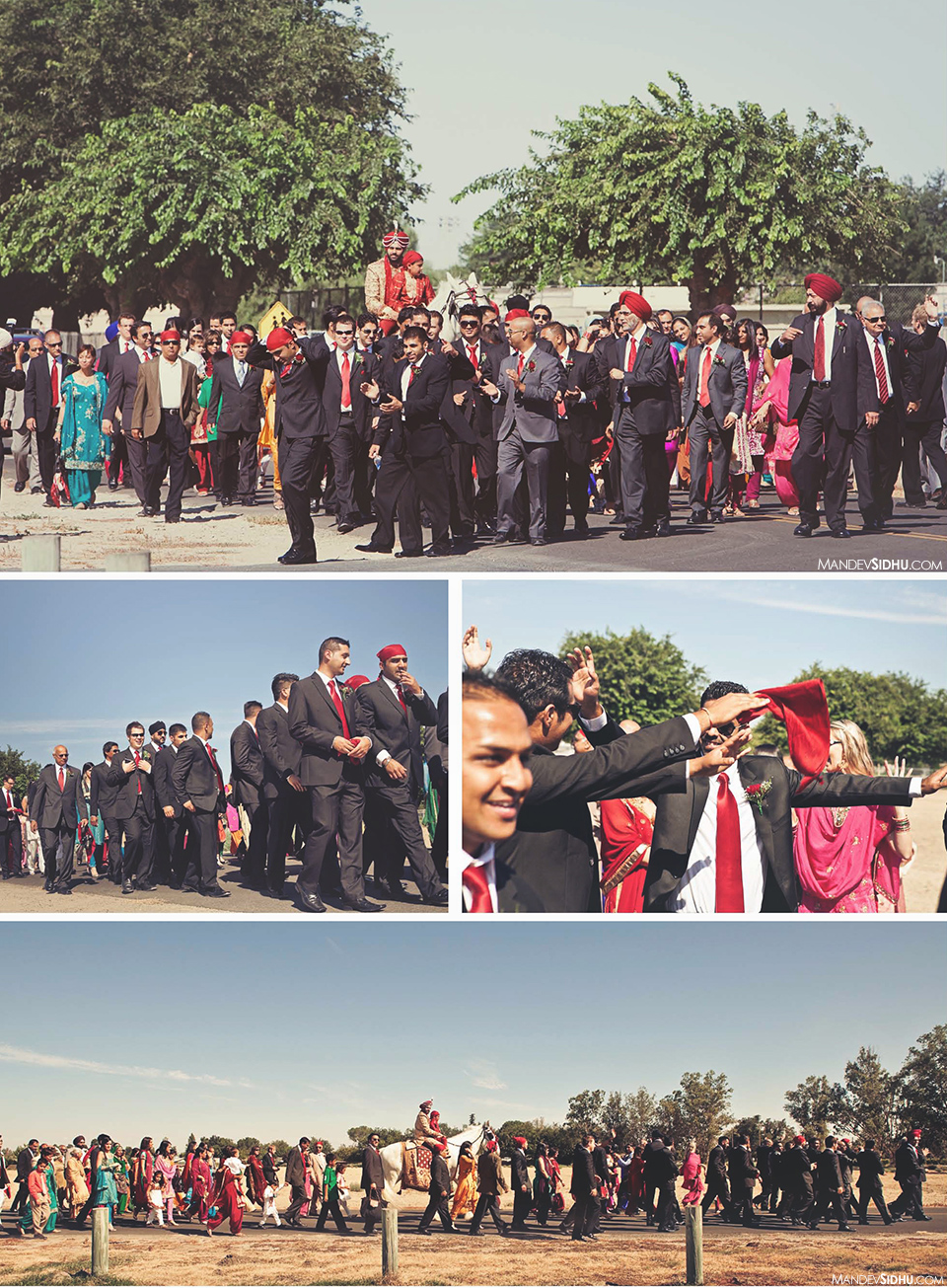
The baraat walked down the street, laughing, dancing, and singing as they made their way to the temple.

The baraat danced to the sound of the Dhol. The Dhol is a tradition Indian (Punjabi) drum used for dancing and celebrations. The sound is very loud and carries a strong upbeat, fast tempo. It’s impossible not to dance when you hear the dhol. The gentleman playing this dhol is one of the best I’ve ever heard. He was very, VERY good.
Upon reaching the temple, Mick’s family was greeted by Karen’s family and the priest, who said a prayer of blessing (Ardaas). The milni is a formal meeting of both families. The fathers, grandfathers, uncles, and cousins exchanged fresh flower garlands. This is a happy occasion where the families are excited to meet each other. Sometimes, in India, it was here that some family members met for the first time. Once the garlands have been exchanged, the brides family offers sweets to the groom’s family as a welcoming and blessing.
Anand Karaj | Blissful Union (Sikh Wedding ceremony)
The Sikh wedding ceremony is called the Anand Karaj which is directly translated as “blissful union.” The ceremony began with the singing of hymns. Mick entered the prayer hall with his family and sat with the congregation. Before Karen’s arrival, Mick moved to sit in front of the Granth Sahib (Sikh holy book), and at that time his sister, Kim, removed the kalgi from his turban. Karen entered the prayer hall with her father, brother, mother, and cousins. After she took a seat next to Mick, the formal wedding ceremony began. The priest said a prayer, followed by a hymn, and then the lavaan. During the lavaan, the bride and groom walk around the Granth Sahib four times. Each round has a special meaning of commitment and spiritual awareness. After this, to conclude the ceremony, the entire congregation stoodd for a special prayer of blessing.
I hope you enjoy these photographs of Mick and Karen’s Anand Karaj. I had so much fun during their wedding and wish them both a blessed life of happiness.

The groom’s sister is removing the white Kalgi from the groom’s red turban before the Anand Sahib (wedding) ceremony begins.
Mick and Karen’s Indian Wedding Reception
This is one of my longer blog posts and although it contains a ton of photos, my intention is to convey the feelings, customs, colors, and traditions of an Indian Sikh wedding. I plan to elaborate on these descriptions, so when guests attend a Sikh wedding, they can appreciate and understand the culture behind the ceremonies. Because Mick and Karen did such a wonderful job of incorporating these traditions into their wedding, I’m so happy to use these photos as a visual guide to Sikh Wedding festivities. If you have any questions about a Sikh wedding, please leave a comment below, or send me an email!
Thanks Mick and Karen, and a huge thanks to my brother, Tanvir, for helping me photograph this awesome Indian Sikh wedding! I love having him on the team!
I’d love to connect with you on Google+ and Instagram (@MandevSidhu)
You can also find me on Facebook here. <– ‘like’ my page to follow more photos

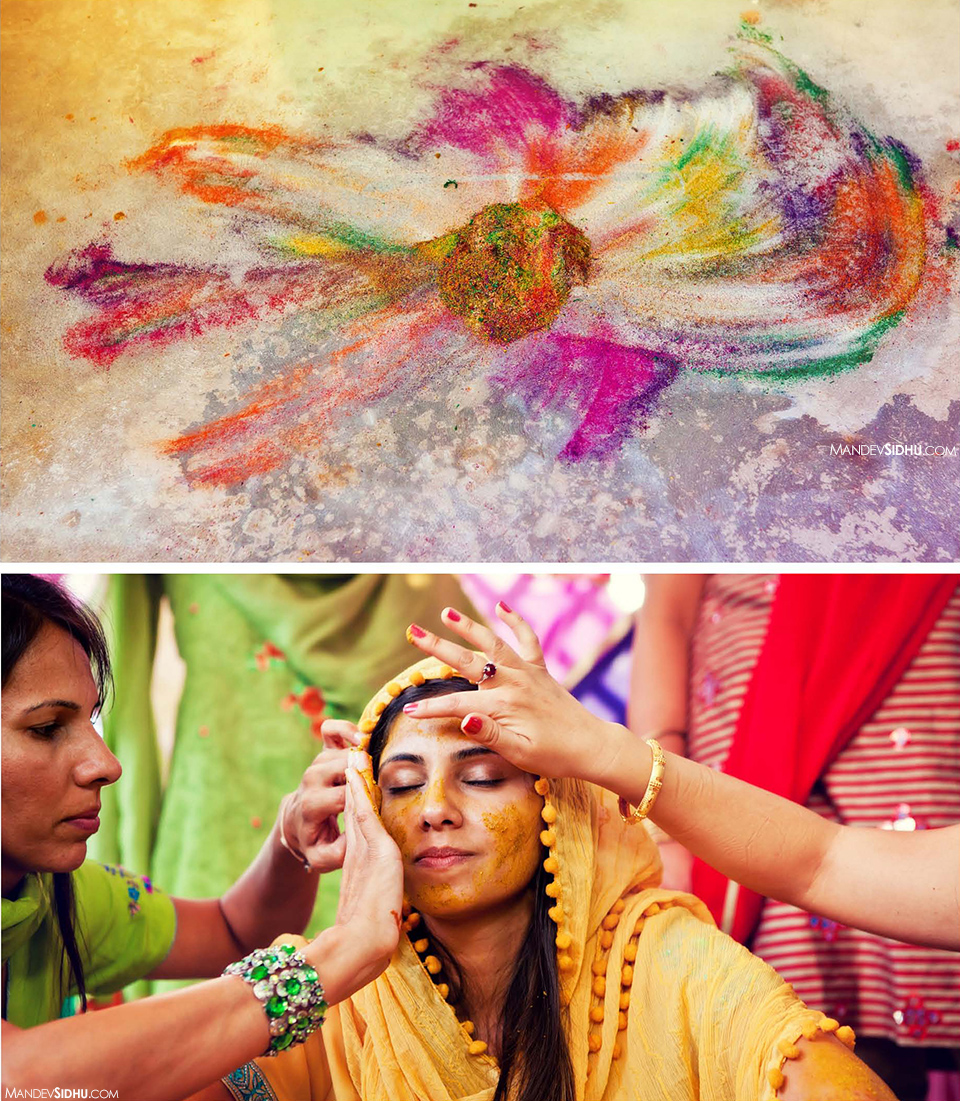
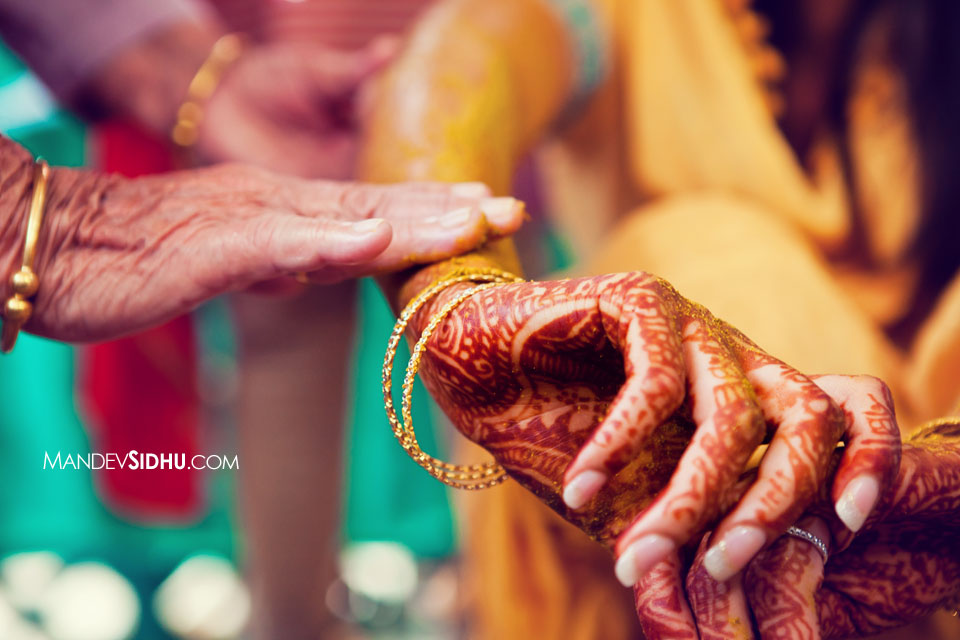
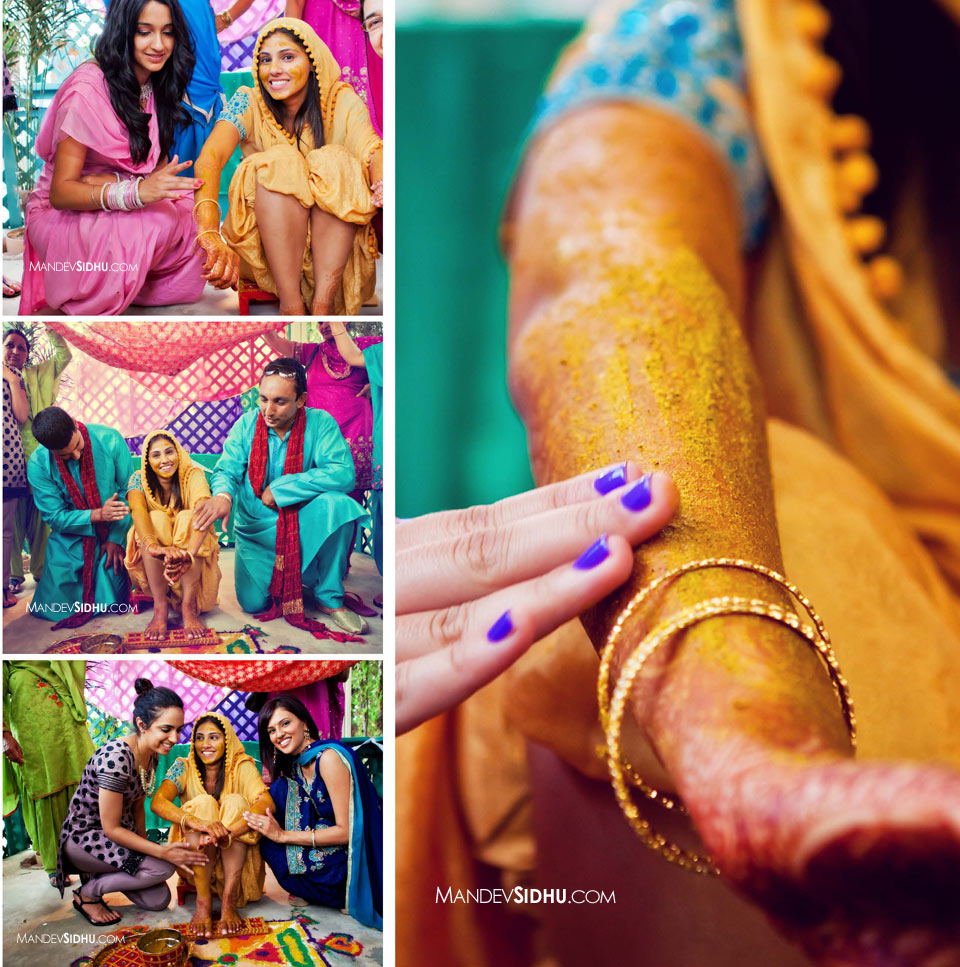
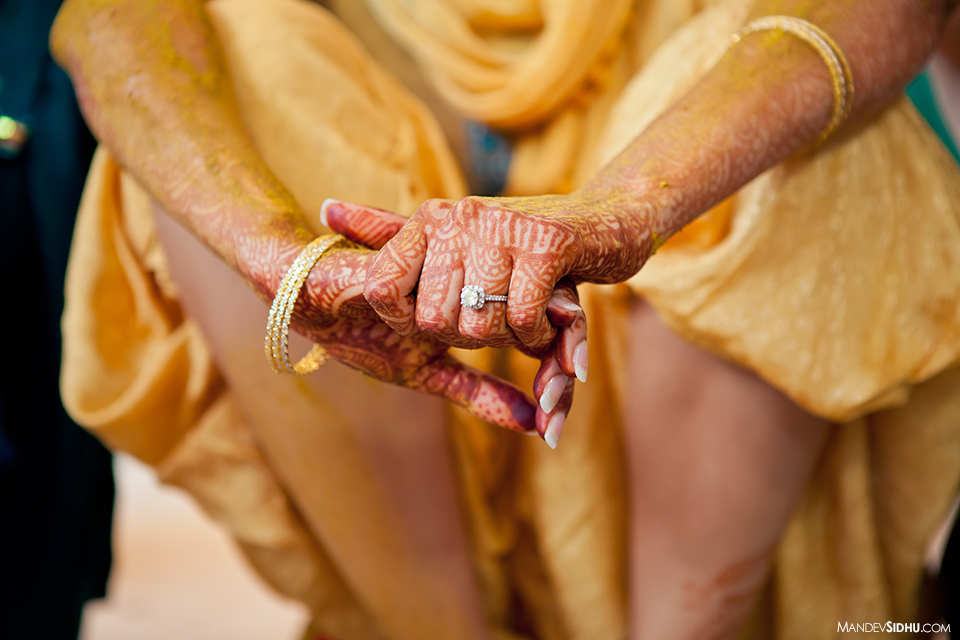


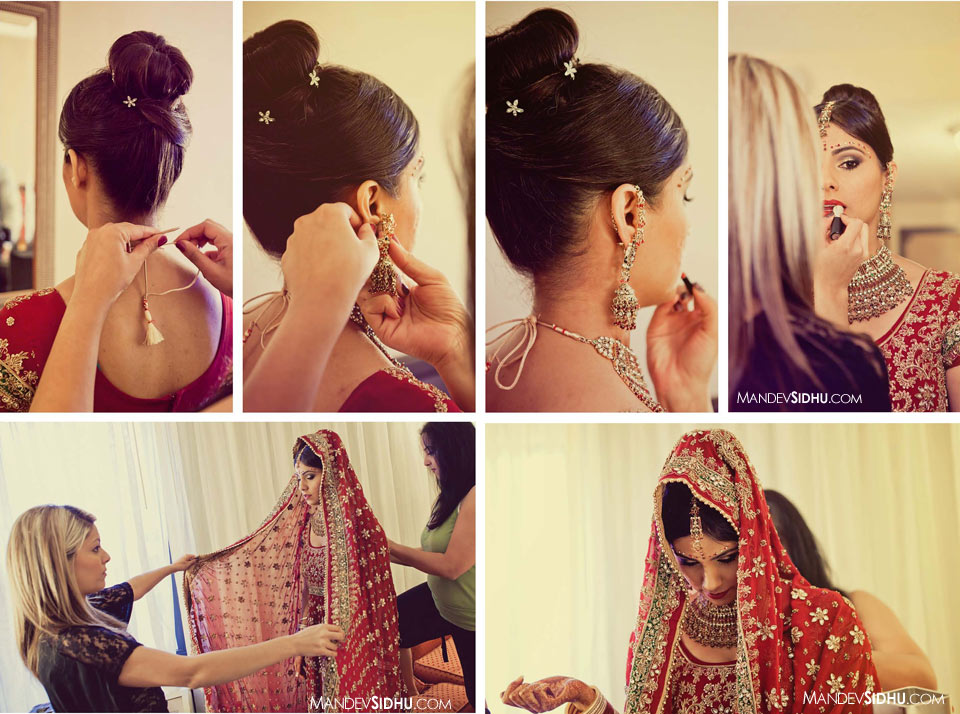
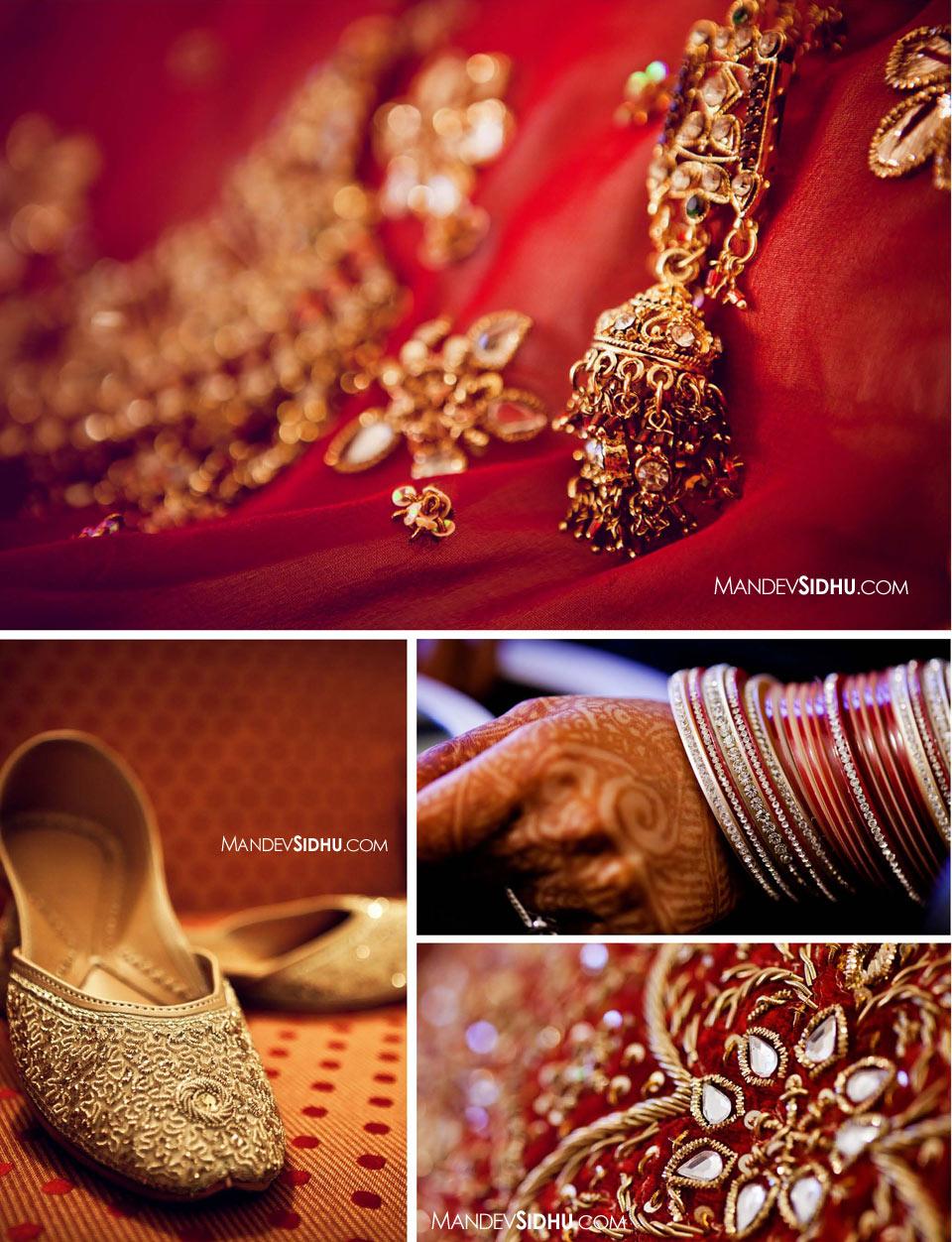
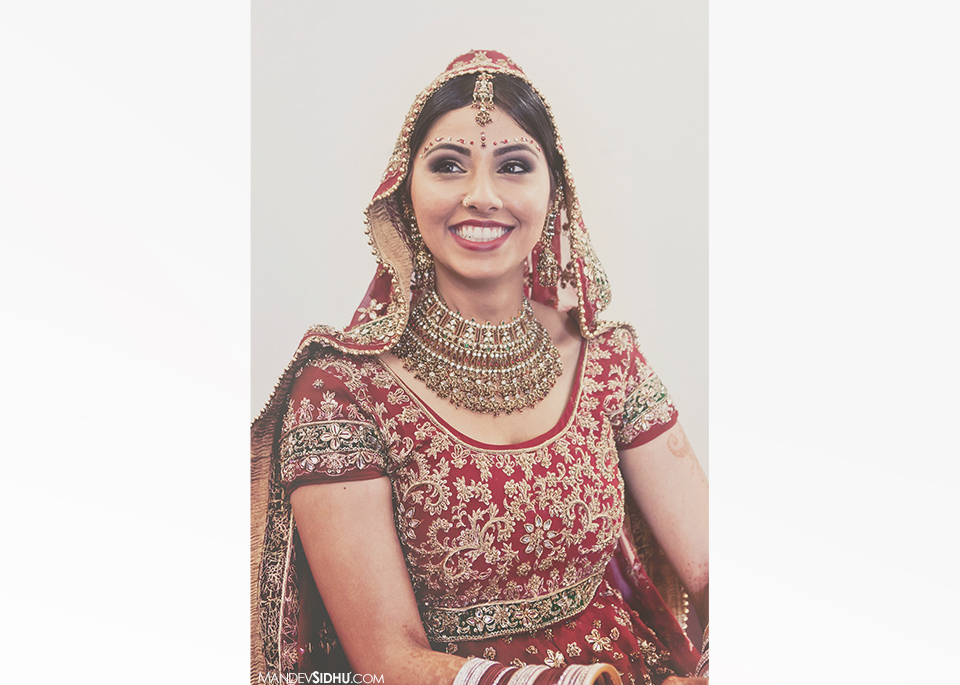
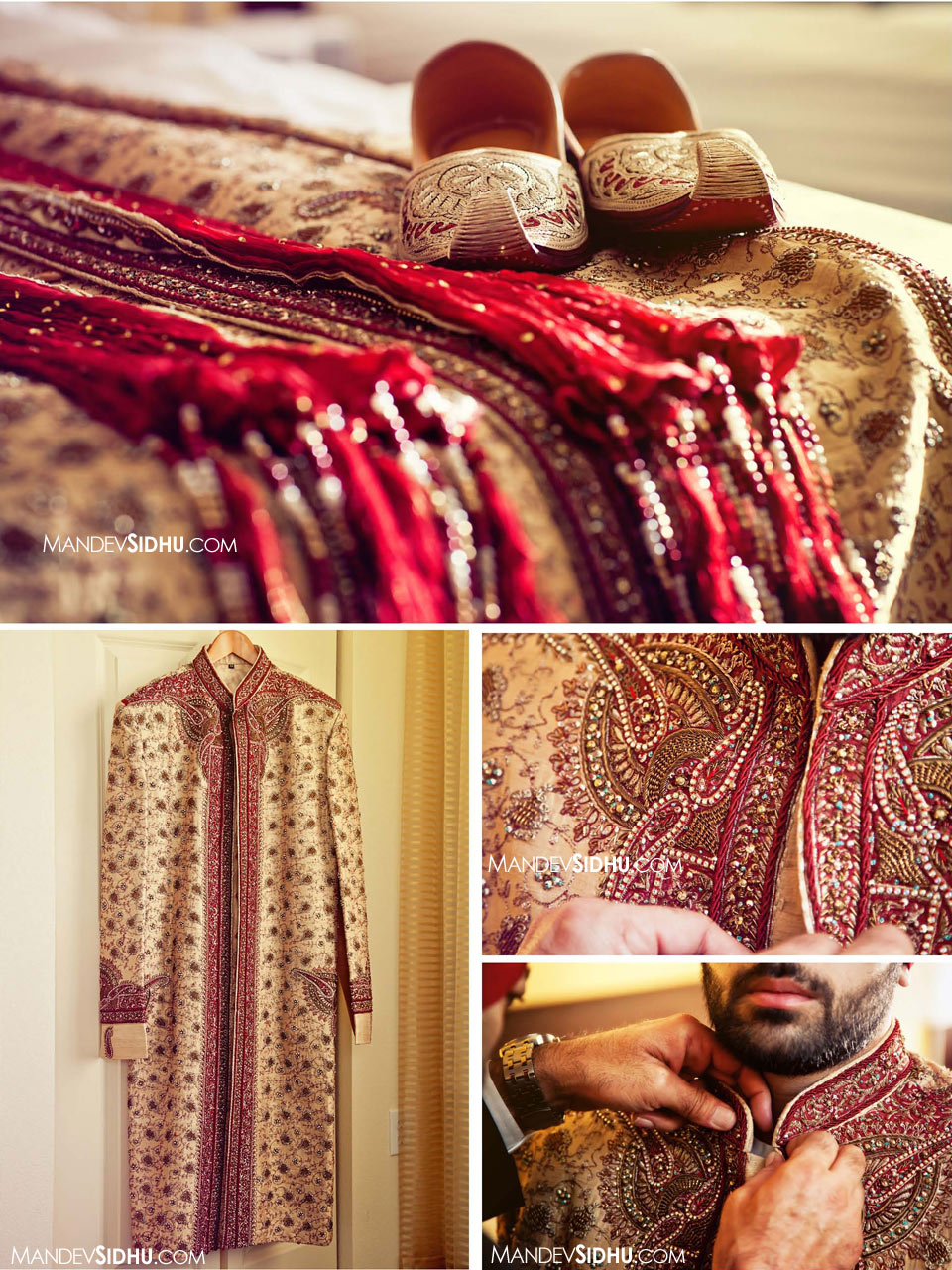
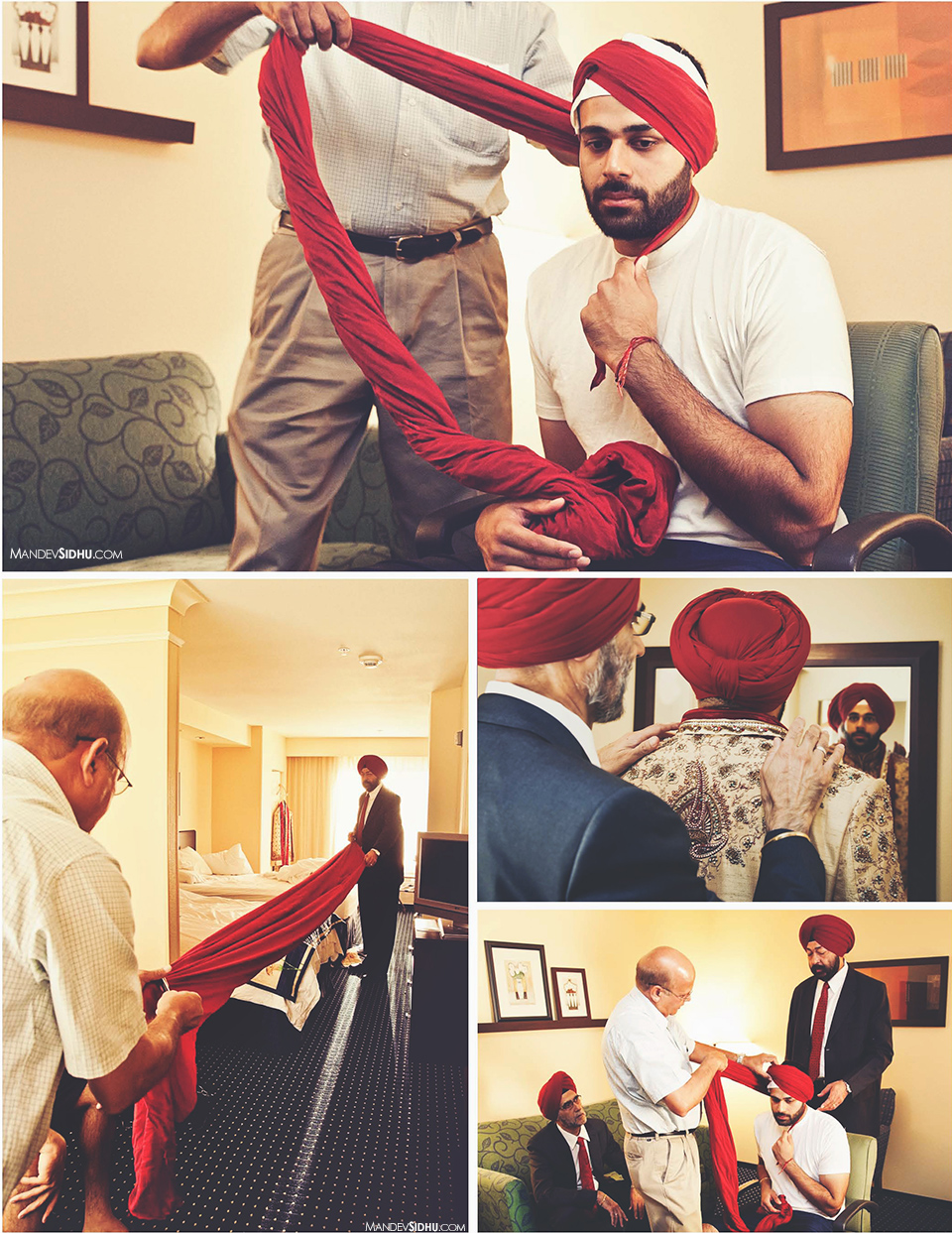


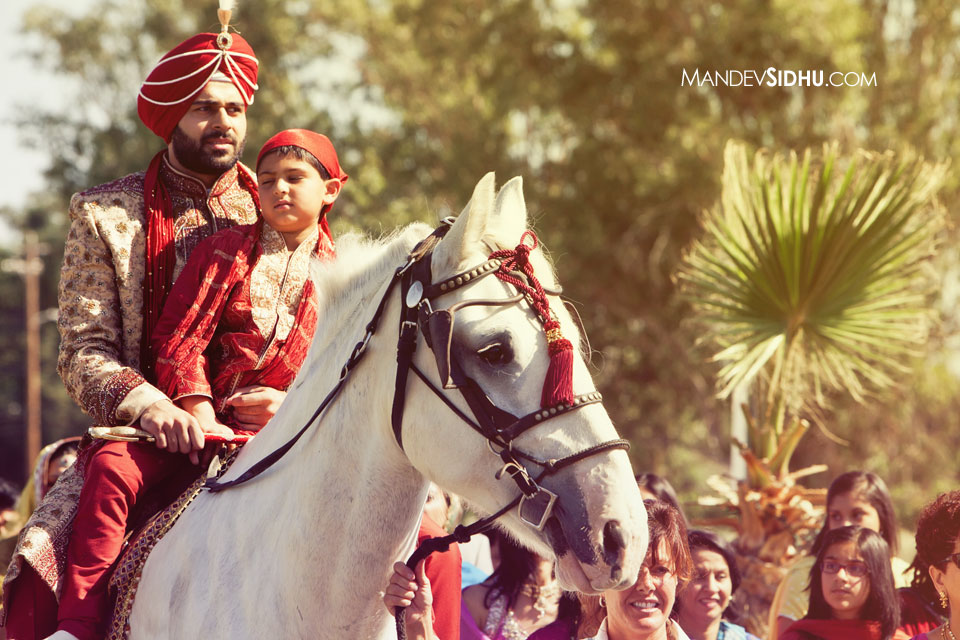
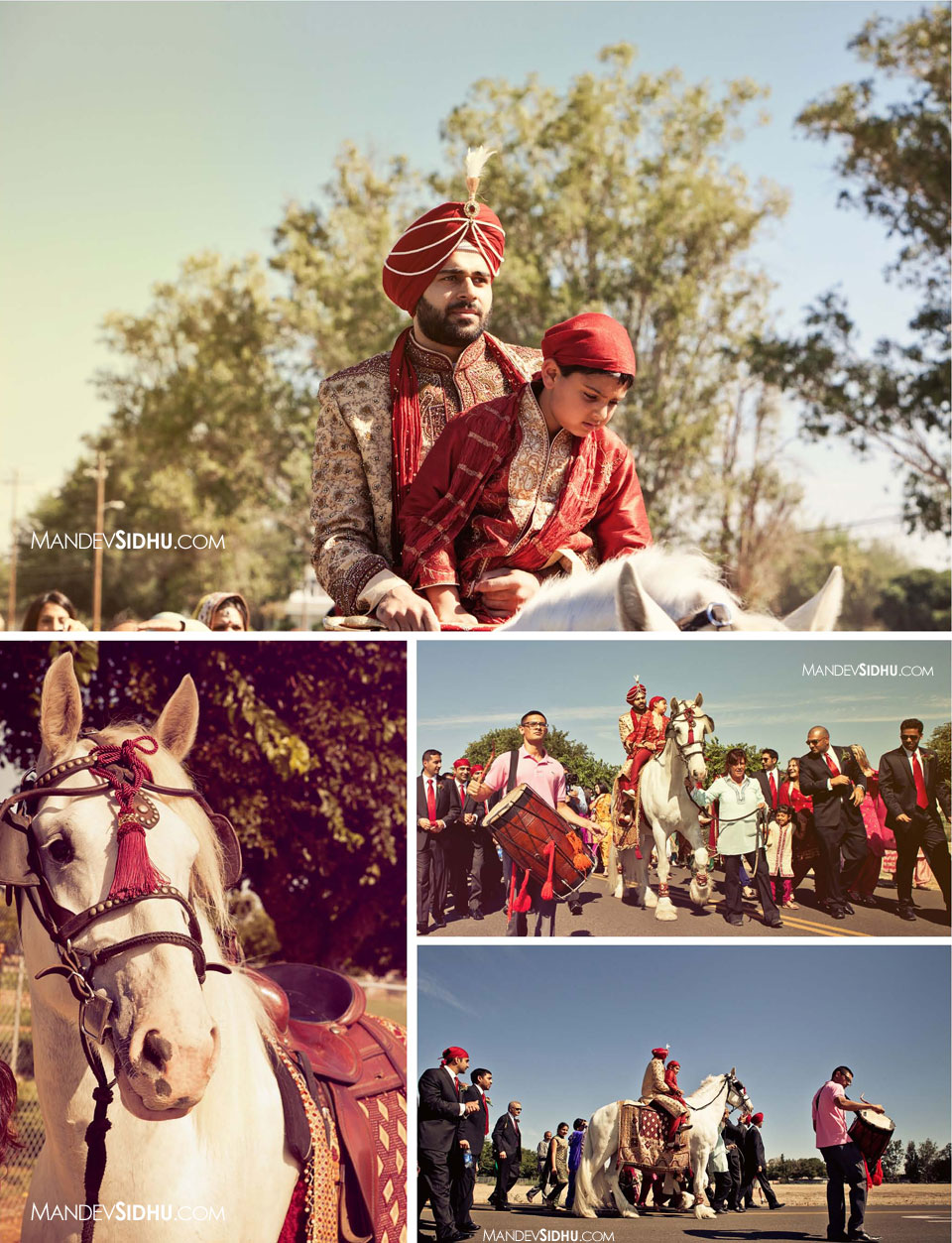
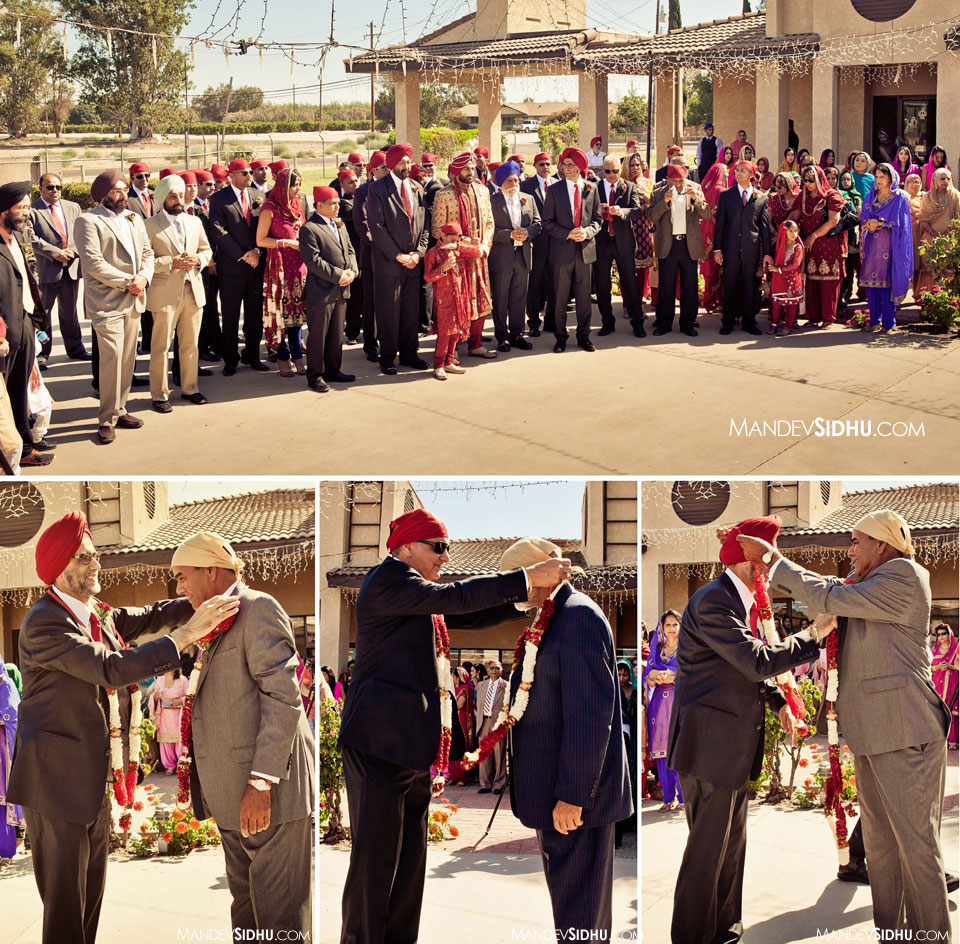



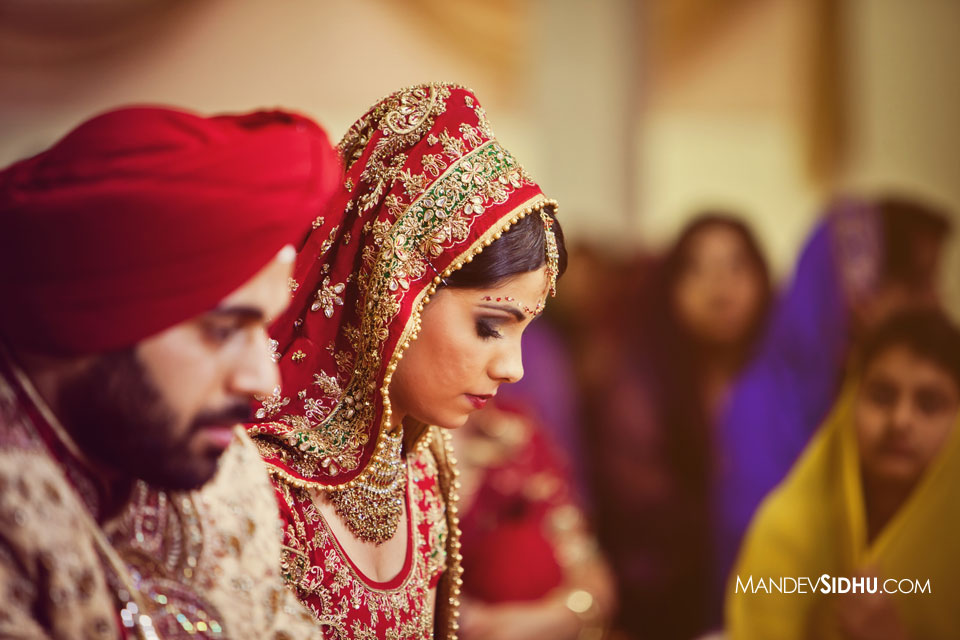
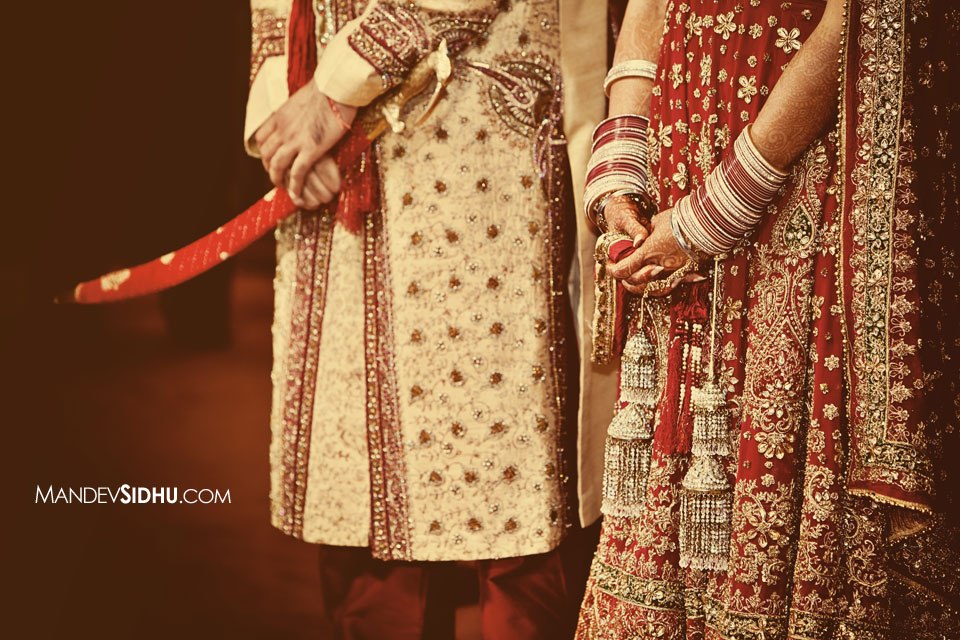
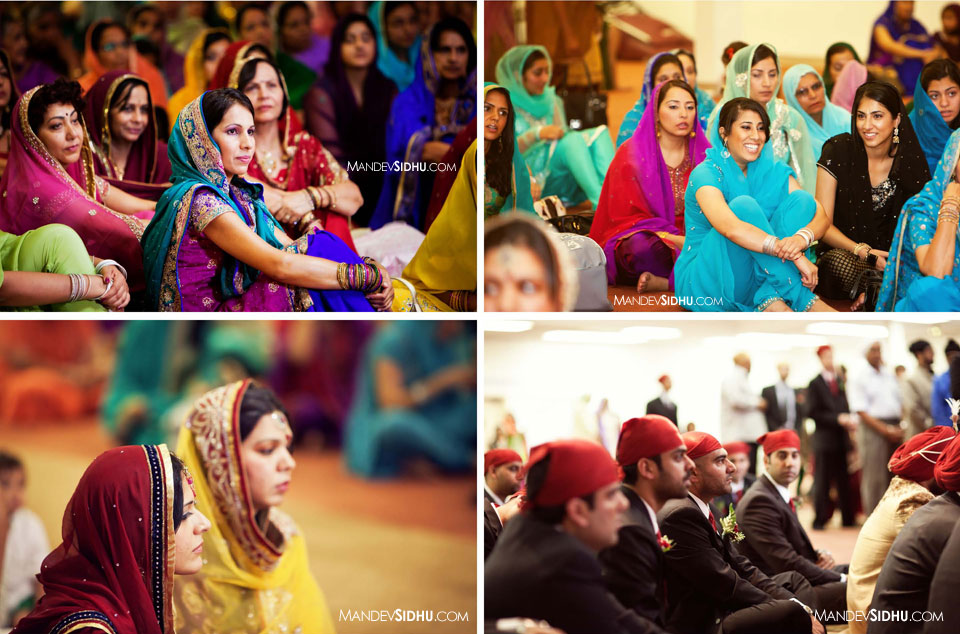
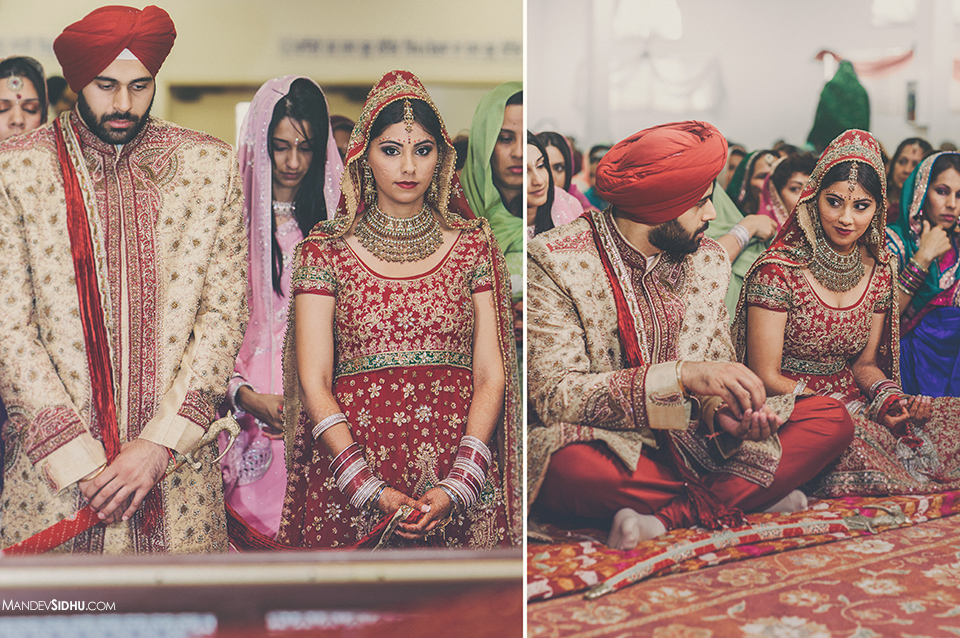
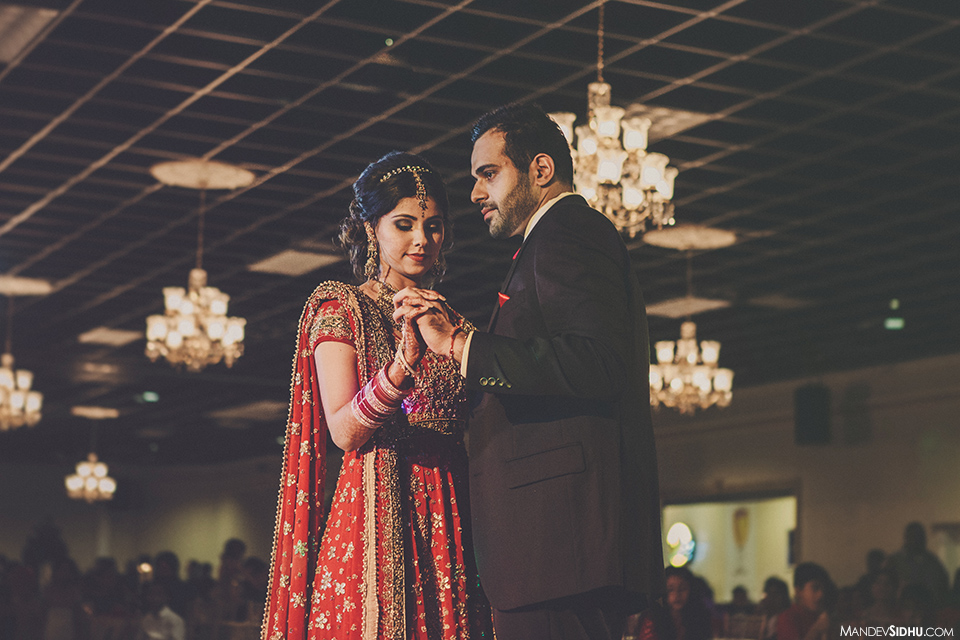

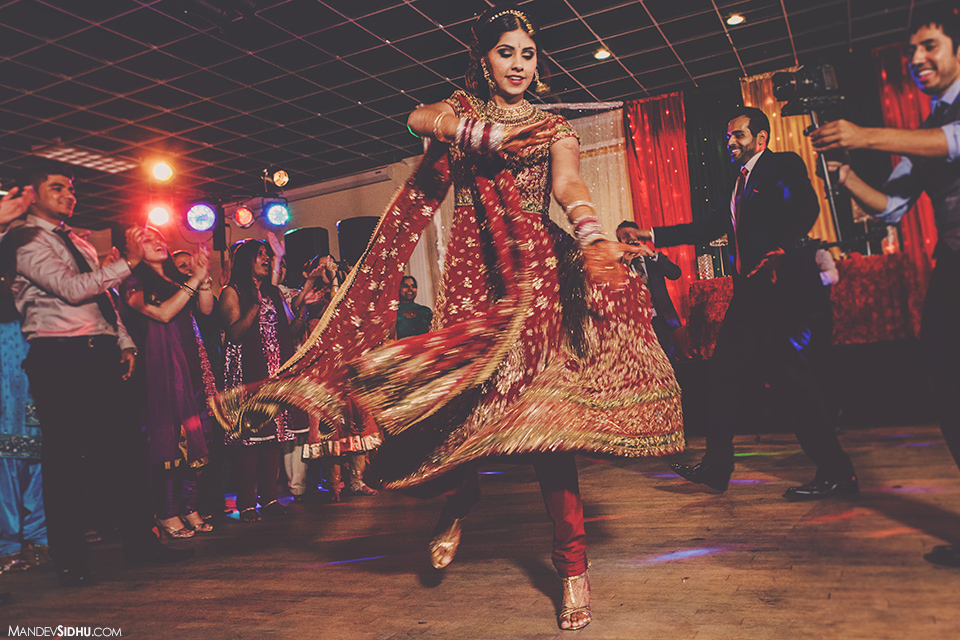
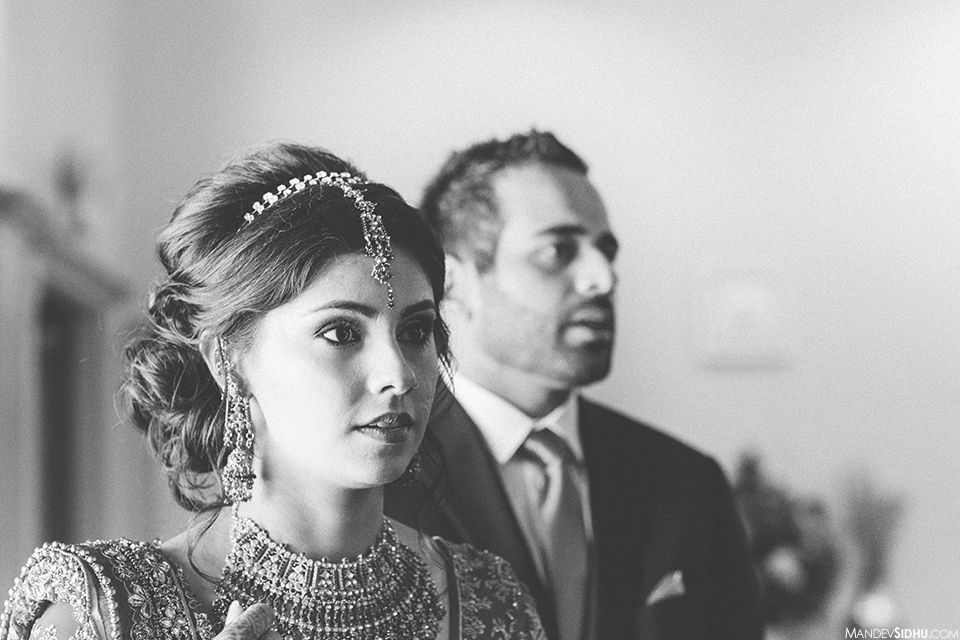
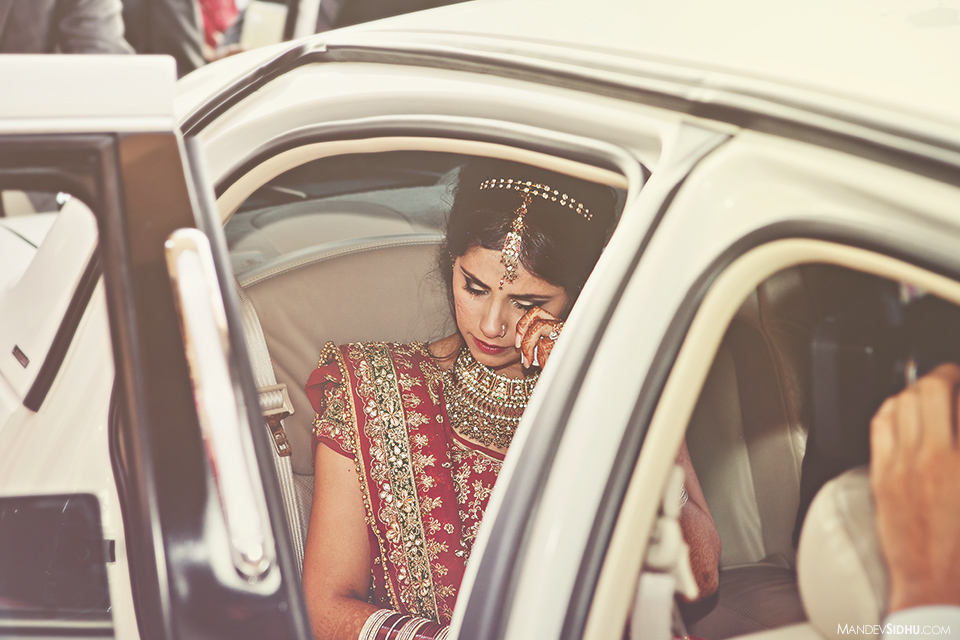

simply amazing. breathtaking. you’ve captured these 2 very well. i love them both so much!
Thanks Jennifer
Dude, you nailed it, these are bad@$$! There are so many pics in this set where I was blown away. You always capture the “moments” so well. The last picture could be in a magazine. Is he holding a real sword? why does he have a sword? I wish I could have ridden a horse at my wedding lol
haha, thank you! I’m so glad you enjoy the pictures and post
Wow… That entire collection is stunning! All I have to add to Mike’s comment is that many of these SHOULD be in a magazine. Your work is incredible Mandev!
thank you- I really appreciate it
beautiful! love these pictures!
thanks Kelley!
I don’t even know what to say! Mandev you and Tanvir did a great job shooting this wedding. My two favorite pictures are: 1st the one from the Vatna ceremony- the hands of two generations and 2nd the black and white at the end. Love it!! You guys are amazing. Keep up the great work.
thanks so much. I really like those pictures, too. There is a photo of Mick and Karen standing in the Gurdwara, and you can see their hands and Mick holding the Kirpan… that is one of my favorites. It would go really well with the “Raj/Rani” photo from the previous post.
So, so amazing guys!! I love them!! ; )
Thanks Karen 🙂 🙂
Mandir, I didn’t notice the hands until I read your comment so I went back up to look. That is really cool! Those are my grandmother’s hands. = )
OMG!!! I LOVE these pictures Mandev. You and Tanvir did SUCH a terrific job in capturing all the moments of the wedding. All of these turned out just beautiful!!! 🙂
Thank you, Kim! 🙂
Beautiful ! Beautiful !!! Each picture tells a story. You guys did a wonderful job !!!
Thank you! We’re very happy that you like the pictures
Whoa!!! Not only love these amazing shots but also the wonderful story you’ve told here 😀 😀 Fantastic work! As per usual 😉
Thank you, Jasmine! There is so much meaning behind the events at an Indian wedding, and I want to share these with people so they have some understanding when they attend a Sikh wedding.
Amazing wedding photography!
[…] Sikh Wedding Ceremony […]
These photos are all so beautiful. Made me fall in love with the culture! you couldn’t have done a better job!
Thank you so much, Maria!! I really appreciate these kind words. Thank you!
[…] It was super cool to see friends from past weddings. Above: Runeet, Mayank & Family, and Mick, Karen & Family […]
[…] Mandev Sidhu, Debabratha Ray y Zach […]
[…] is their religious symbol printed on the card. Since wedding invitations ark the beginning of the wedding celebrations, the Sikhs consider the printing of the symbol to be auspicious. The ‘Khalsa’ is printed on the […]
[…] of their own and welcome them with warm love. Their gracious hospitality can be experienced in any wedding celebration be it a simple or a grand […]